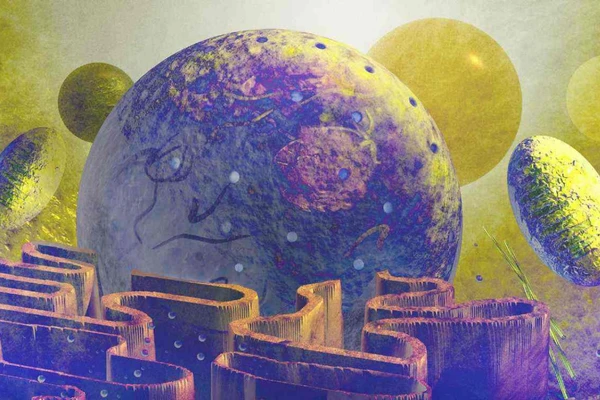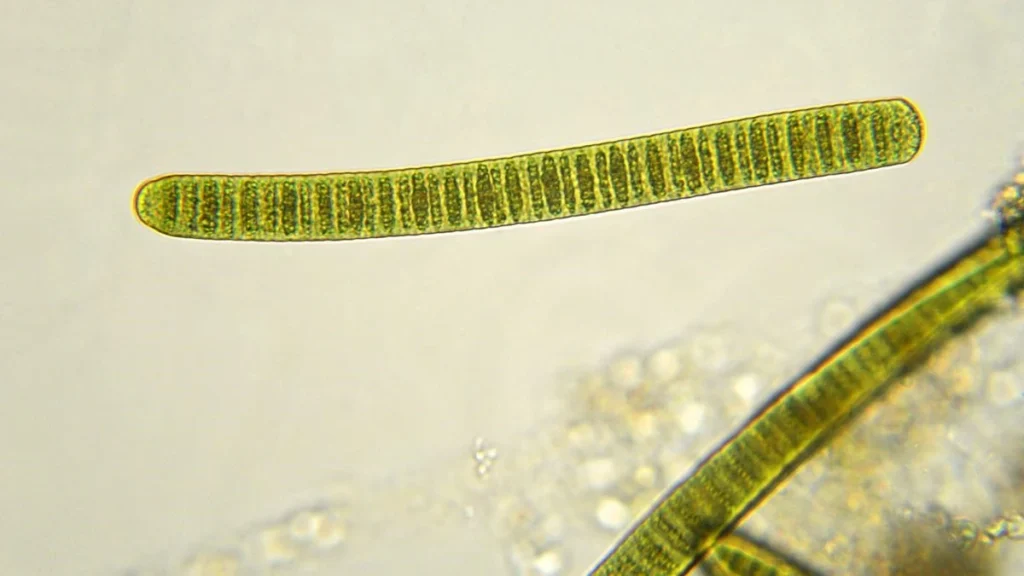Research papers related to nitrogen fixation and nitroplast have sparked renewed interest in the endosymbiotic theory.
About Endosymbiotic Theory:
- The endosymbiotic theory explains the evolution of eukaryotic cell organelles, such as mitochondria and chloroplasts, suggesting they were once free-living prokaryotes.
- A significant step in this evolution was the ingestion of prokaryotic microbes by amoeba-like eukaryotic cells, which later developed a symbiotic relationship within the host.
Origin of the Endosymbiotic Theory
- The theory proposes that the first eukaryotic cells were amoeba-like, obtaining nutrients through phagocytosis and harboring a nucleus formed by the inward pinching of the cytoplasmic membrane.
Development of Organelles
- Mitochondria evolved from bacteria that were capable of aerobic respiration and were ingested by these early eukaryotes.
- Chloroplasts originated from the ingestion of photosynthetic bacteria. These bacteria eventually lost their cell wall and much of their DNA, as these were not beneficial within the host cell.
Evolutionary Significance
- Over millions of years, mitochondria and chloroplasts have become indispensable to the cell, evolving into specialized organelles that cannot survive independently outside the cell.
- The theory highlights how a large host cell and its ingested bacteria could become interdependent, leading to a permanent endosymbiotic relationship.
Ref: Source
| UPSC IAS Preparation Resources | |
| Current Affairs Analysis | Topperspedia |
| GS Shots | Simply Explained |
| Daily Flash Cards | Daily Quiz |



